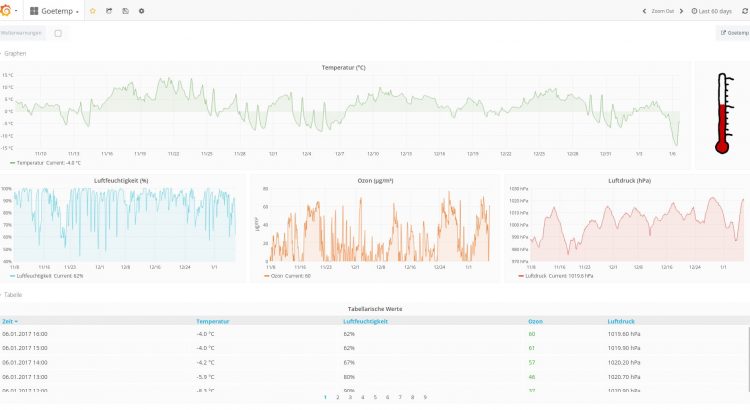I don’t like to have daemons listening on the systems I am responsible for. This is the reason why I check periodically all systems with netstat -tulpen to see what processes are actually listening, look if they are needed and may be bound to localhost only.
I used to set the system time via ntpd, but many years ago I switched to a simple cron job that runs ntpdate. This is good enough for all systems that don’t depend on milliseconds and smooth time shift etc. I was able to remove ntpd from almost all servers. My cron job looks like this:
## ntpdate Cron Job # Environment Settings MAILTO=root PATH=/usr/local/sbin:/usr/local/bin:/sbin:/bin:/usr/sbin:/usr/bin # Job Definition */30 * * * * root /usr/sbin/ntpdate 0.pool.ntp.org > /tmp/ntpdate.prt 2>&1 |


